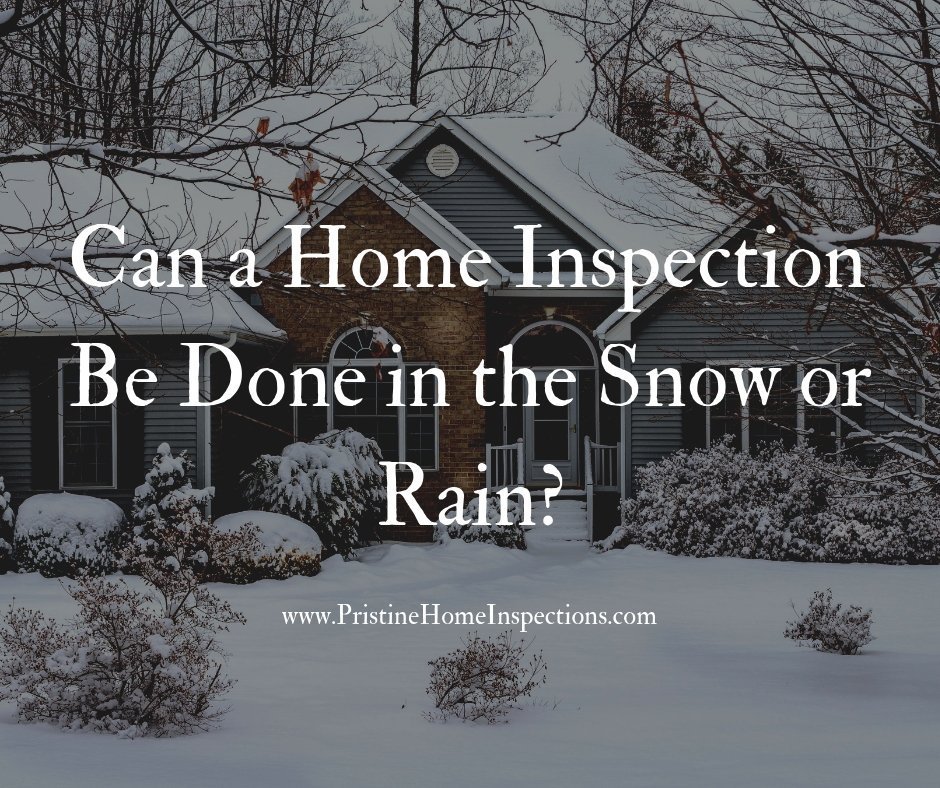It’s been chilly around here this winter season and with the snow, sleet, and rain, I’ve been getting a lot of questions about whether a home inspection can even be done in this type of weather. Sure, there are challenges to inclement weather, not just the drive to get to the house, but the actual inspection itself. There are pros and cons to inspecting a home in the winter so let’s touch on a few of them.
If there are two or 3 inches of snow it can obviously create visibility issues. If we cannot get to the roof, see the roof, or inspect the condition of the roof, it’s important to wait until the snow melts.
If the snow gets piled against the house either naturally or when you shovel it, it can make it impossible to see the foundation or to get to the crawlspace if it’s accessible from outside.
Deep snow can make it difficult to get a good look at a deck, porch, or staircase.
Our winter weather can make it difficult to check out pipes, windows, and electrical issues. However, this kind of weather might be some of the best to do a thorough home inspection.
Schedule an Inspection
Here’s why
Extreme weather can cause all kinds of stress and damage to a home and that damage sometimes can be revealed when the temperatures drop. If there are plumbing issues, those pipes can crack and freeze, something you wouldn’t find in warmer weather.
More: How to Avoid Frozen Plumbing
Another advantage is that it’s easier to detect drafts and insulation failures. In the winter and when there’s cold air outside, it could make it easy to determine where those cold spots or drafts are.
With snow packed on the roof, it presents an opportunity to check the integrity of the frame and the roof, even if we can’t necessarily get to the roof itself.
Of course, snow and ice do present certain challenges but they can also present opportunities that warmer weather would make more difficult.
However, if there’s a pest or termite problem, it can be impossible to discover this during the colder months. These insects go dormant and you’ll probably find less insect activity than you would during the summer, but the results and effects of termites can still be discovered.
Heating, furnaces, electrical, and other energy sources can usually be inspected fairly easy this time of year. It might be hard to turn on the furnace and 90° weather, but chances are the furnace is working overtime this time of year.
A drawback to doing an inspection this time of year means that the days will be shorter so you’ll need to schedule your inspection during the middle of the day to avoid it getting dark in the middle of the inspection.
Doing an inspection in the rain, however unpleasant it might be, can give you an idea of any leaks, water damage, or spaces where mold and mildew can fester and grow. Rain usually doesn’t slow us down unless it’s a torrential downpour and we just simply cannot get to the roof or other places due to safety and slipping issues.
So, you can see that there’s definitely pros and cons to inspections in the winter and all kinds of weather pose its own challenge, however, if we can get to the house, we will definitely perform the inspection and maybe find things that we wouldn’t have otherwise.
